The abandoned jetty and the old Telegraph Station.
Eucla is a small settlement 12 kilometres west of the South Australian border. It was originally built in 1877 for the telegraph station, which was built too close to the coast and was abandoned. There was a 1 kilometre long tram line between the jetty and the telegraph station, for bringing supplies to the lonely outpost.
Because Eucla is near the border of Western Australia and South Australia the telegraph station was important as a conversion point. South Australia and Victoria used the American Morse Code – known locally as the Victorian Alphabet – and Western Australia used the International Morse Code. So everything had to be translated and re-transmitted!
The township of Eucla was gazetted in 1885 and peaked in in the 1920s. Then the telegraph line was moved north to run alongside the Trans Australian Railway.
In the 1880s a rabbit plague came through the area. They completely stripped the sandhills, known as the Delisser Sandhills, of vegetation. This destabilised them and large sand drifts began moving into the town. This caused the town to be abandoned and a new town built 4 kilometres inland, on higher ground near the Eucla Pass. Eucla is now an important travellers’ stop on the Eyre Highway, with good facilities including fuel and accommodation.
The ruins of the original town, with its limestone buildings, together with the remains of the jetty, can still be seen in the sandhills south of the present town.
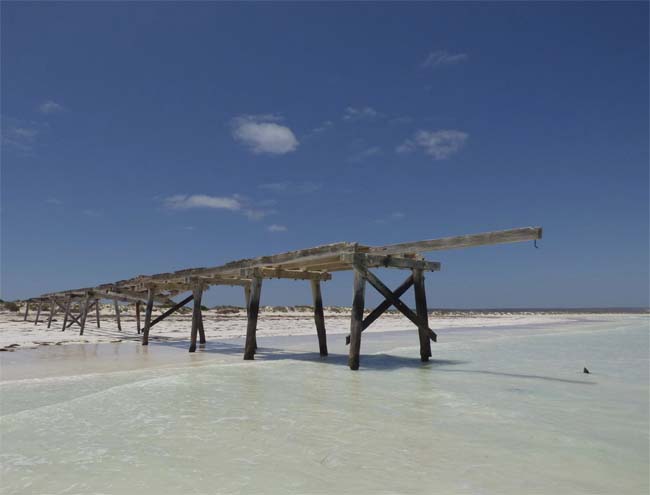
Copyright © Michael Hey-Cunningham
This great picture of the remains of the jetty shows the vast emptiness and quiet – except when the noisy generator at Eucla starts up! The jetty was originally built to supply the Telegraph Station. There was a 1 kilometre long tram line between the two.
The picture was taken from the ocean side of the jetty. It shows the gently shelving nature of the beach. Even quite a way out it is still shallow. Very similar to the beach at the next Telegraph Station to the west, at Eyre, which is now the Eyre Bird Observatory.
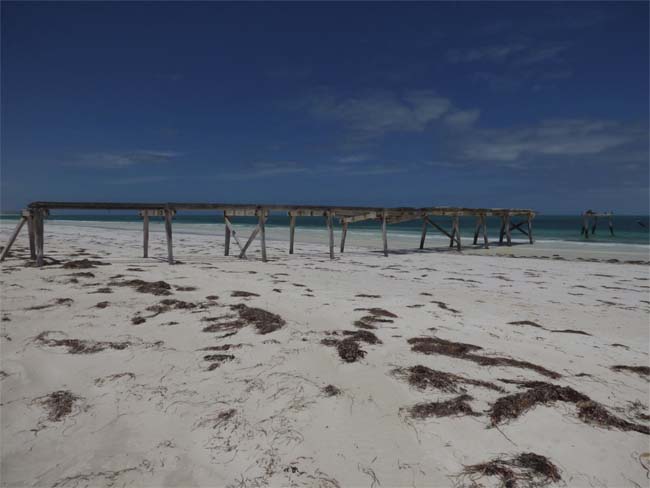
Copyright © Michael Hey-Cunningham
State Map of Western Australia. Detailed road map of WA
Another great picture of the remains of the jetty, seen from on the beach. You don’t share the beach with many people!
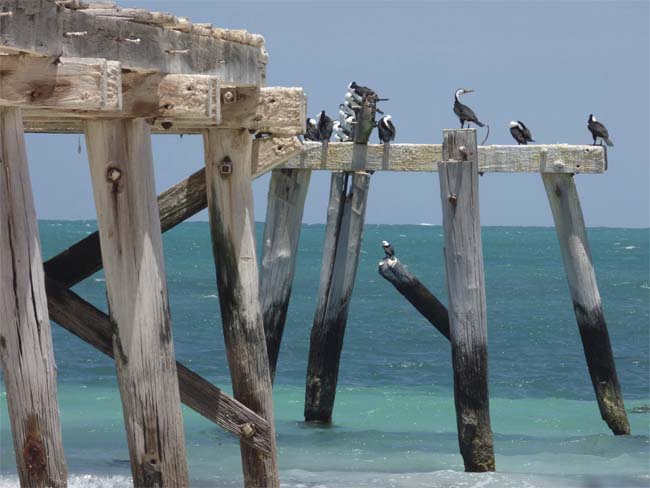
Copyright © Michael Hey-Cunningham
People have abandoned the jetty, but the birds reckon it’s great!
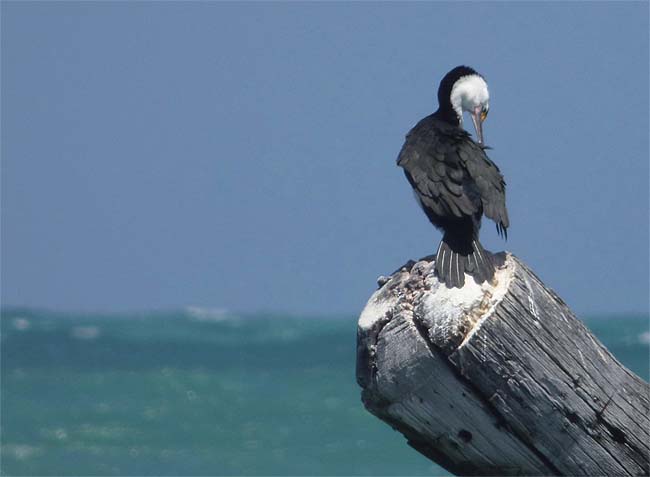
Copyright © Michael Hey-Cunningham
A great shot of a bird preening itself on part of the ruins of the old jetty.
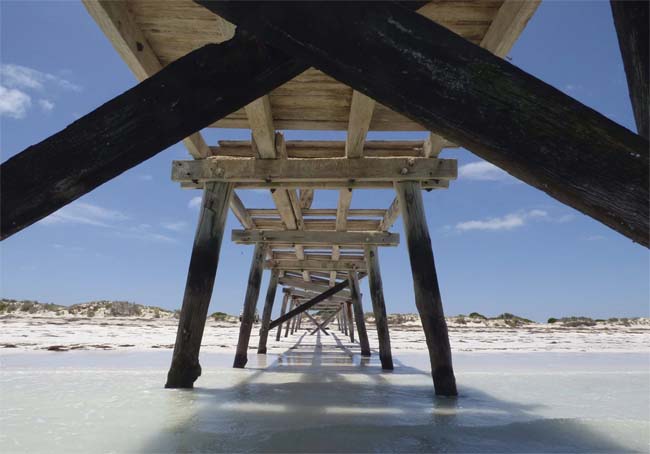
Copyright © Michael Hey-Cunningham
State Map of Western Australia. Detailed road map of WA
A detail shot of the underneath of the ruins of the old jetty. Clear water, gently shelving beach, and a vast loneliness.
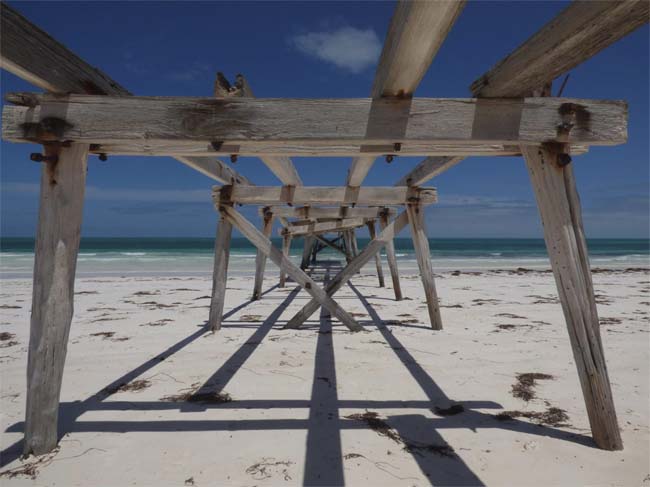
Copyright © Michael Hey-Cunningham
Although we have visited Eucla many times we have never been to the beach to see the jetty. Thanks, Michael, for the pics and for letting us use them. They really give a feel of the history and the temporariness of things that we humans create.
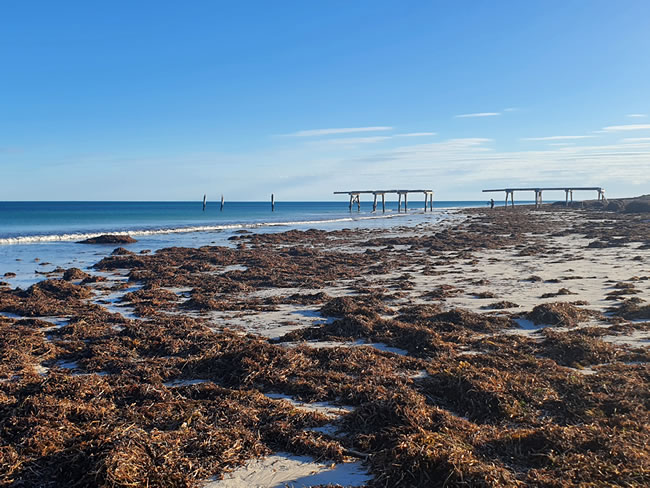
Copyright © Willem Schultink
Well, we finally made it in August 2022. But compare this pic to the pics taken by Michael in 2015 and see how much more dilapidated the jetty has become in just seven years! Significant sections are just missing! How long will there be jetty there at all? A piece of history is passing away.
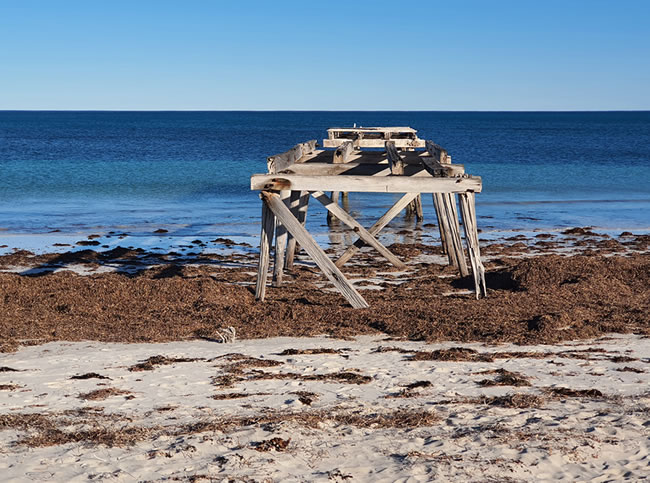
Copyright © Willem Schultink
in Michael Hey-Cunningham’s similar pic above, there was still a jetty structure here, complete with solid timber planking. Much has disappeared in just seven years!
State Map of Western Australia. Detailed road map of WA
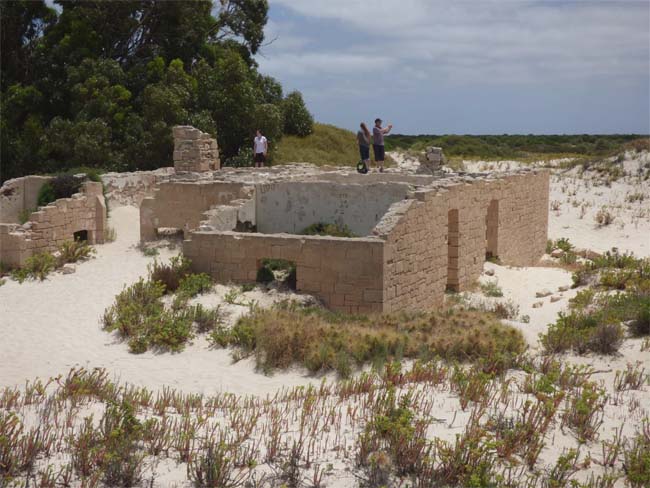
Copyright © Michael Hey-Cunningham
The sand is taking over! The ruins are more or less visible over the years depending on how the sand is drifting. This is the main Telegraph Station building, built of limestone. There are also ruins of other buildings around this building, mainly to the left of the picture. They are sometimes visible if the sand recedes a bit.
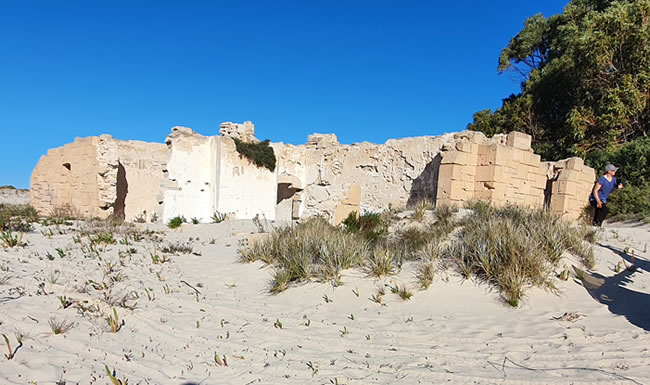
Copyright © Willem Schultink.
Compare the pics above and below. The entire front wall has collapsed. The degradation in the seven years from 2015 to 2022 is much greater than in the eleven years from 2004 t0 2015.
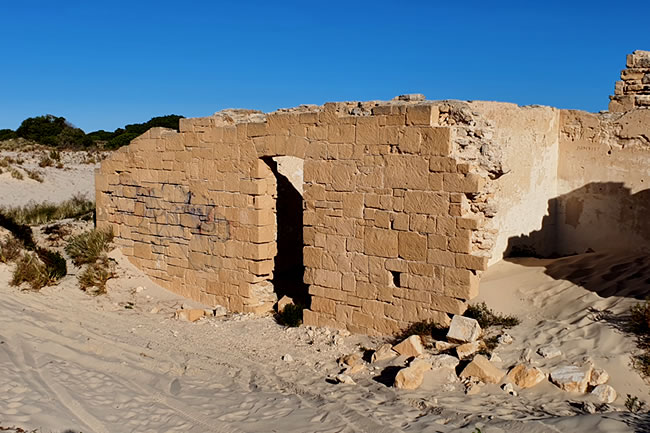
Copyright © Willem Schultink
If you look closely you can see that there was a high standard of craftsmanship employed in building the telegraph station. The limestone blocks are carefully and closelv fitted together.
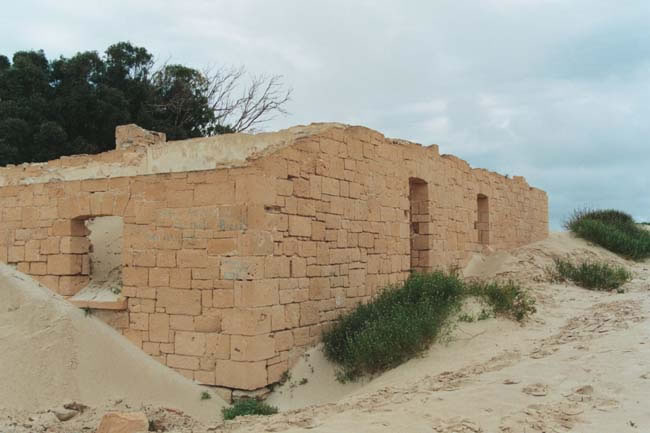
Copyright © Willem Schultink
This pic was taken on our trip to WA in September 2004. The condition of the ruins has deteriorated in the pic above, which was taken in January 2016. Just look at the condition of the chimney.
State Map of Western Australia. Detailed road map of WA
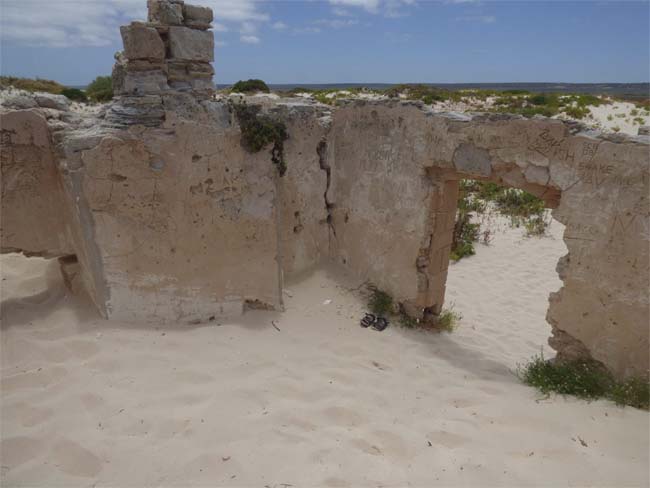
Copyright © Michael Hey-Cunningham
We have visited these ruins over a number of years – since 1997 – and they are becoming more weather-beaten and ruined as time goes on.
Compare the condition of this building with a similar limestone building at the Eyre Bird Observatory. That was also a Telegraph Station, and was built at roughly the same time and abandoned at roughly the same time. The difference is that the roof was not removed so when the time came for it to be restored the condition of the building was good enough to allow a restoration.
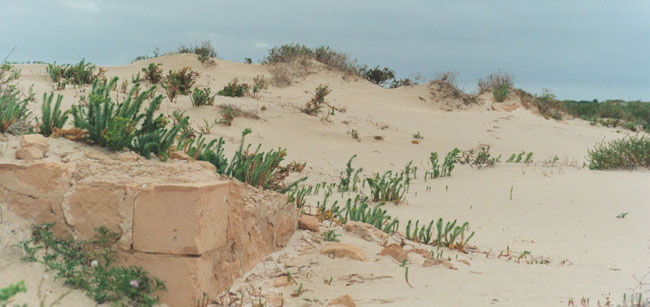
Copyright © Willem Schultink
There are more ruins around the main building of the Telegraph Station. These are located to the left and rear of the main building. Depending on where the sand movement is at any time, various ruins can be covered or uncovered.
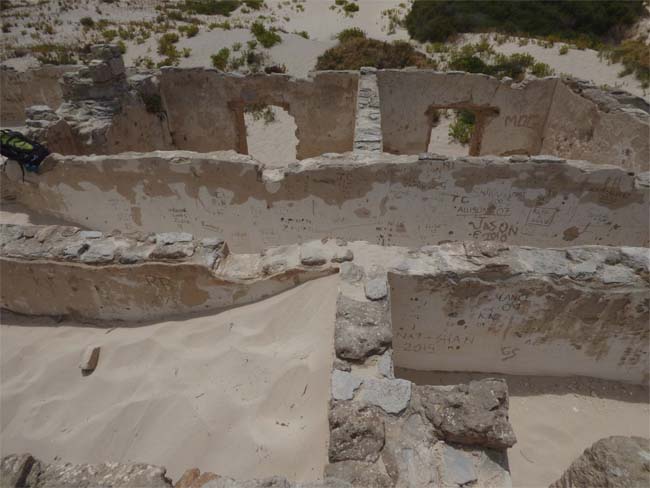
Copyright © Michael Hey-Cunningham
It doesn’t take that much imagination to visualise the hustle and bustle of a busy telegraph station a hundred and fifty years ago. Then the telegraph was the epitome of communications technology. Now the internet has been with us for more than 30 years and has completely revolutionised communications. I can do far more with the phone in my pocket than the entire telegraph station!
This page Copyright © ThisisAustralia.au


All the labels you use every day, with excellent service! EveryLabels.com.au
State Map of Western Australia. Detailed road map of WA

